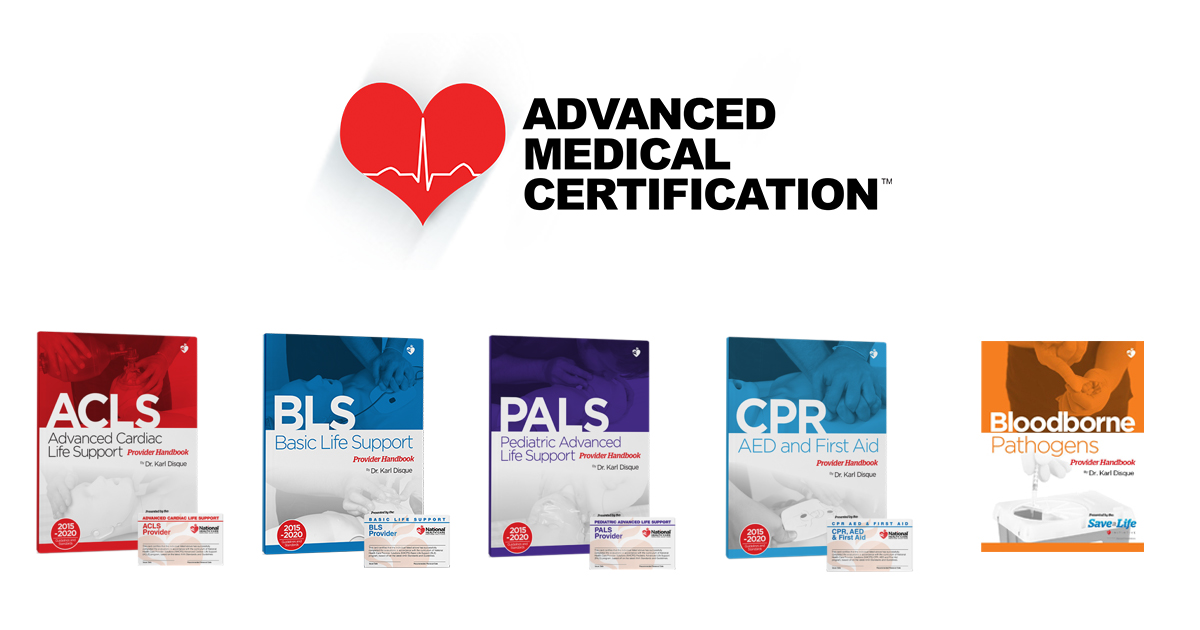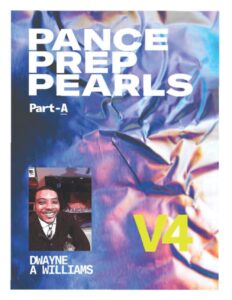
Thank you for subscribing to The PA Rx Newsletter!
The Friday Case Challenge includes difficult-to-diagnose conditions, some of which are not frequently encountered by most clinicians, but are nonetheless important to accurately recognize. Test your diagnostic and treatment skills using the following patient scenario and corresponding questions. Disclaimer: The following case is fiction and for educational purposes only.
A 45-year-old nature enthusiast is renowned for exploring the scenic trails surrounding Evergreen Valley. However, his joyous escapades were overshadowed by a cascade of unsettling symptoms.
The initial whispers of fatigue were dismissed as the rigors of a demanding work schedule, but the situation rapidly escalated. A relentless headache gripped him, accompanied by pervasive muscle and joint pain. The clinic’s medical team, perplexed but eager for an answer, initiated a comprehensive battery of tests.
As weeks passed, neurological symptoms emerged, presenting as numbness and tingling in the extremities. Memory lapses and impaired concentration painted a complex clinical picture. Dermatological intrigue entered the scene, as a distinctive rash manifested – a concentric pattern resembling a bull’s-eye, hinting at a deeper layer to the unfolding enigma.
Question 1:
What is the most likely diagnosis?
A. Rheumatoid arthritis
B. Multiple sclerosis
C. Lyme Disease
D. Systemic lupus erythematosus (SLE)
Question 2
Which antibiotic is the first-line agent for early localized disease in an adult patient without contraindications?
A. Ceftriaxone
B. Doxycycline
C. Amoxicillin
D. Azithromycin
Question 3
A patient with this disease presents with a third-degree heart block. Which treatment intervention is most appropriate?
A. Intravenous antibiotics
B. Permanent pacemaker placement
C. Corticosteroids
D. Non-invasive positive pressure ventilation
Question 4
In a pregnant patient with this disease, which antibiotic is contraindicated due to potential adverse effects on fetal development?
A. Amoxicillin
B. Ceftriaxone
C. Doxycycline
D. Azithromycin
Question 5
Which of the following is a potential long-term complication of this disease if left untreated or inadequately treated?
A. Myocarditis
B. Osteomyelitis
C. Peripheral neuropathy
D. Renal failure
Answers:
Question 1:
C. Lyme Disease
The presentation, including outdoor exposure, neurological symptoms, and a characteristic rash, is highly suggestive of Lyme Disease.
A. Rheumatoid arthritis – Incorrect.
Rheumatoid arthritis does not typically present with the distinctive bull’s-eye rash seen in Lyme Disease.
B. Multiple sclerosis – Incorrect
Multiple sclerosis does not typically present with an outdoor exposure history or the characteristic rash seen in Lyme Disease.
D. Systemic lupus erythematosus (SLE) – Incorrect
SLE does not typically present with the characteristic bull’s-eye rash or outdoor exposure history associated with Lyme Disease.
Question 2:
B. Doxycycline
Doxycycline is the preferred first-line antibiotic for early localized Lyme Disease in adults.
A. Ceftriaxone – Incorrect
Ceftriaxone is reserved for severe cases or neurologic involvement. It is not first-line for early localized disease.
C. Amoxicillin – Incorrect
Amoxicillin is an alternative but not the preferred first-line antibiotic for early localized Lyme Disease.
D. Azithromycin – Incorrect
Azithromycin is not recommended as monotherapy for early localized Lyme Disease
Question 3:
B. Permanent pacemaker placement
Third-degree heart block in Lyme Disease warrants permanent pacemaker placement.
A. Intravenous antibiotics – Incorrect
While antibiotics are crucial, they may not resolve the heart block. Permanent pacemaker placement is indicated.
C. Corticosteroids – Incorrect
Corticosteroids are not the primary intervention for third-degree heart block in Lyme Disease.
D. Non-invasive positive pressure ventilation – Incorrect
Non-invasive positive pressure ventilation is not the primary intervention for third-degree heart block in Lyme Disease.
Question 4:
C. Doxycycline
Doxycycline is contraindicated in pregnancy due to potential effects on fetal development, including tooth discoloration.
A. Amoxicillin – Incorrect
Amoxicillin is safe in pregnancy and is an appropriate alternative in Lyme Disease treatment.
B. Ceftriaxone – Incorrect
Ceftriaxone is safe in pregnancy and is an appropriate alternative in Lyme Disease treatment.
D. Azithromycin – Incorrect
Azithromycin can be considered in specific cases and is not contraindicated in pregnancy.
Question 5:
C. Peripheral neuropathy
Persistent neurological symptoms, including peripheral neuropathy, can occur in cases of untreated or inadequately treated Lyme disease. Early and appropriate antibiotic therapy is crucial to prevent long-term complications.
Incorrect Answers:
A. Myocarditis: Myocarditis is uncommon as a long-term complication of untreated Lyme disease. Cardiac manifestations are more associated with early disseminated infection rather than prolonged consequences.
B. Osteomyelitis: Osteomyelitis (bone infection) is not a typical long-term complication of Lyme disease. While Lyme Disease can affect the musculoskeletal system, osteomyelitis is not a prominent long-term outcome.
D. Renal failure: Renal failure is not a recognized long-term complication of Lyme disease. Lyme Disease primarily affects the nervous system, and renal complications are not characteristic of its long-term sequelae.
Thats all for today.
For more newsletters and case challenges click here
Preparing for a job interview? Click here for our FREE job interview checklist
Want more question practice? Click here for our affordable 225 question exam with detailed explanations
Thanks for reading,










